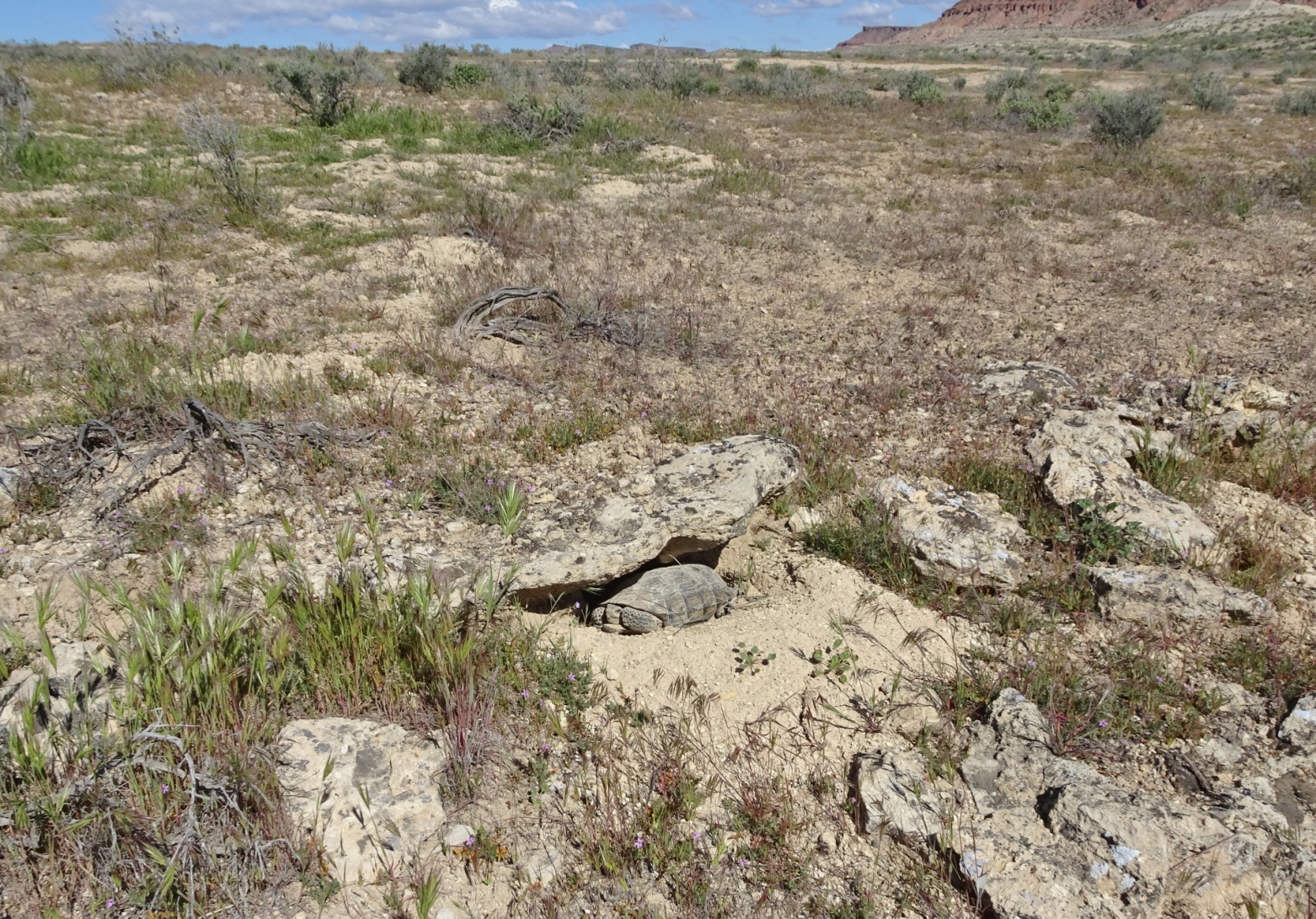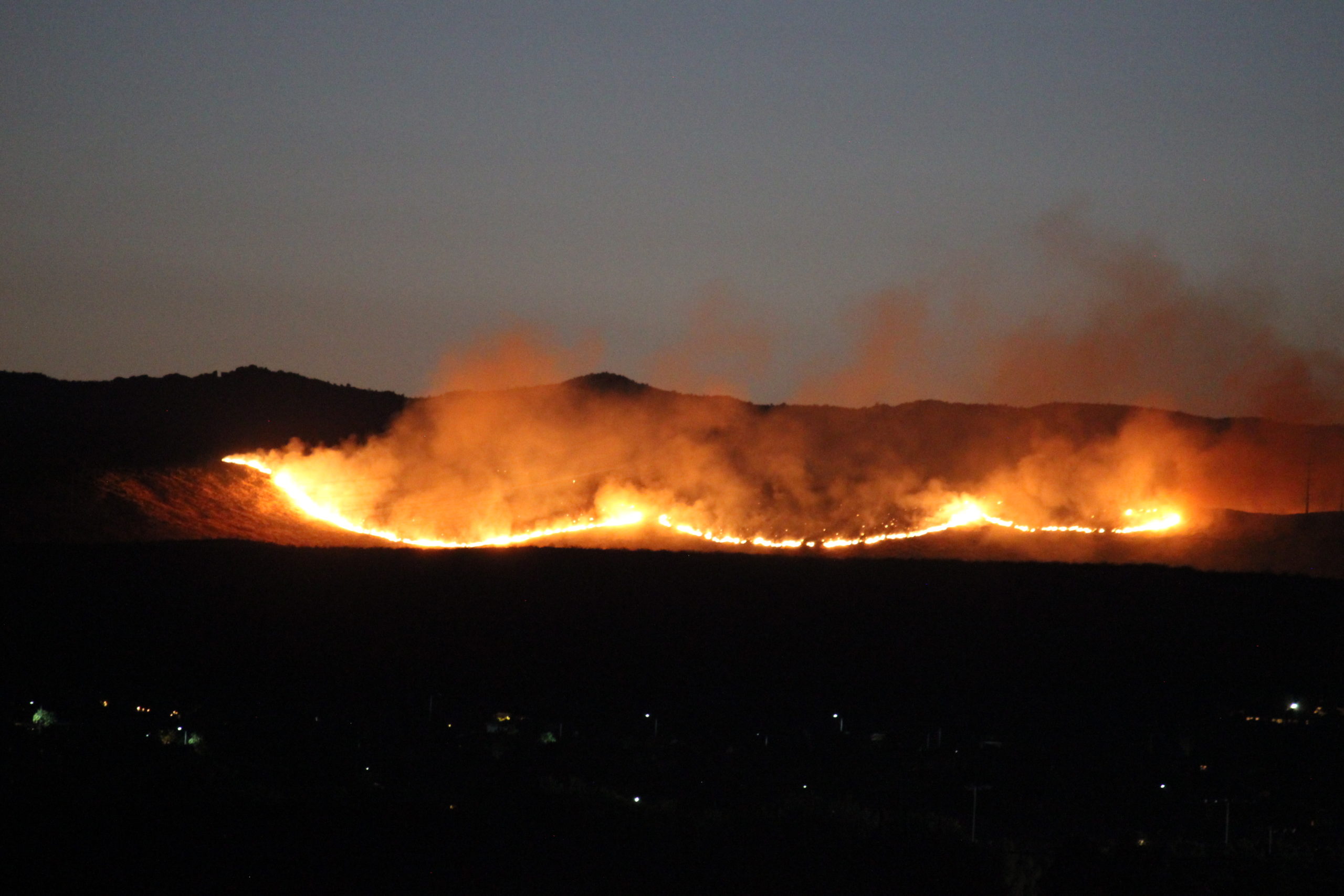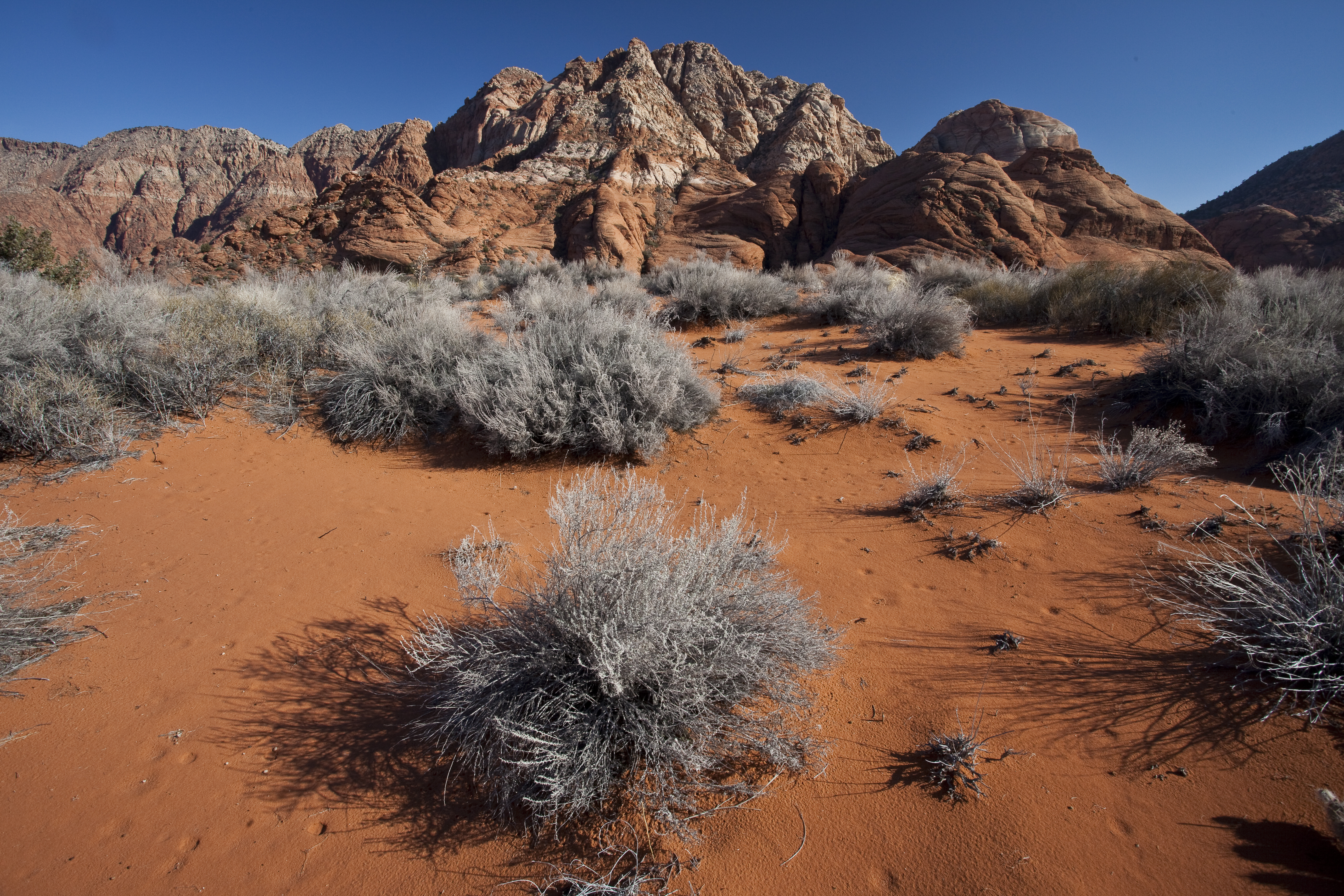ST. GEORGE — Concerns over the impact of recent fires in the Red Cliffs Desert Reserve, supposed misuse of federal funds and an overall rush to get the Northern Corridor approved were outlined in a letter sent to the head of the U.S. Department of the Interior Thursday by Democratic members of the House Natural Resources Committee.

“This proposal, through its preferred alternative, would allow the Utah Department of Transportation (DOT) to build a four-lane highway through the federally-protected Red Cliffs National Conservation Area (RCNCA), undermining the values for which that land was designated by Congress and imperiling federally-protected wildlife species, including the threatened Mojave Desert Tortoise,” eight of the committee members, all Democrats, wrote in the letter.
The letter’s signer include committee chair Reps. Raul M. Grijalva, Debra Haaland, Alan Lowenthal, Jared Huffman, Nydia M. Velázquez, Grace F. Napolitano, Diana DeGette and Jesús G. García.
The committee members expressed concerns over the lands in the Red Cliffs Natural Conservation Area, which largely overlaps the territory of the Red Cliffs Desert Reserve and were set aside by an act of Congress to be federally-protected, are being considered for a roadway.
“Any highway built through this highly sensitive landscape will only further threaten its unique resources, fragmenting habitats, disturbing soils and increasing the likelihood of deadly human-wildlife interactions,” the committee members wrote.
The Northern Corridor, which has long been a point of controversy for opposing conservation groups, would cut through a part of the desert reserve and conservation area. The roadway would connect to Red Hills Parkway on its western end and Washington County Parkway on the eastern end.

Local and state road planners have said the Northern Corridor is needed to accommodate the heavy traffic anticipated in coming decades with continuing growth.
The Bureau of Land Management and U.S. Fish and Wildlife Service released a draft environmental impact statement, or DEIS, in mid-June and selected a road alignment proposed by UDOT as the best route for the Northern Corridor. A public comment period that opened with the impact study’s release concluded Sept. 10.
In July, two large wildfires ripped through parts of the Red Cliffs Desert Reserve and National Conservation Area and torched an estimated 14,000 acres. Surveys done by state and federal biologists have found the charred remains of desert tortoises that were caught in the fire, as well as ones that survived.
While one of the surveys noted many tortoises in a burn zone appeared to have survived, there is a worry among wildlife officials that the long-term impact of the fires, such as the destruction of vegetation the tortoise feeds on, will contribute to the eventual starvation of several tortoises.
House committee members said they wondered why the BLM and FWS weren’t pausing the progress of the impact study in order to examine the impacts of the recent fires.

“The decision not to review the impacts of these fires is especially concerning given the findings of a recently released Tortoise Survey Mortality Report, which found that the fires will ‘likely have significant population-level effects on tortoises within their respective burn areas,’” the letter states.
The committee goes on to request that the BLM and FWS refrain from issuing a final decision and record of decision on the Northern Corridor and its associated elements until further study is conducted on the recent fire impacts to the protected habitat and species within the desert reserve and conservation area.
Another area of concern for the committee members is one recently raised by Conserve Southwest Utah over the application of the Land and Water Conservation Fund, or LWCF, for the purchase of private lands located within the reserve.
“Since 1997, the Bureau of Land Management has spent more than $20 million in LWCF funds to acquire land in the Red Cliffs NCA, including $7 million in 2019 alone,” a press release from the House Natural Resource Committee states. “The preferred route and multiple alternative routes for the Northern Corridor Project would cut directly over these acquired parcels. Lands acquired with LWCF funds are intended to be permanently protected and accessible to the American public for recreation.”

If the committee members’ concerns are not addressed, the letter states moving forward with the Northern Corridor’s approval may result in litigation.
“While we are confident that any such efforts to undermine these important conservation statutes would not hold up under judicial scrutiny, it would save taxpayer money, agency staff time, and the people of southwestern Utah consternation to pursue a course of action less legally precarious,” the letter states.
The land purchased through the LWCF was originally held by private landowners who had plans to develop that land prior to the creation of the Red Cliffs Desert Reserve in 1996. Since then, Washington County and the federal government have engaged in a series of land trades and purchases in order to compensate the landowners for their loss.
When asked about accusations of the misuse of the LWCF, BLM spokesman Derrick Henry said in a statement that the agency “is taking this action consistent with guidance from Congress. Through Sept. 10, the BLM and the U.S. Fish and Wildlife Service accepted public comments regarding the proposed Northern Corridor and the incidental take permit. We will closely review public input to help develop the final environmental impact statement for the project.”
Washington County Commissioner Dean Cox told St. George News Thursday that the fire and land purchase issues had already been addressed in the original application and resulting draft impact study for the Northern Corridor.
“It’s been studied and addressed in the draft impact statement,” Cox said.

Fires have been a part of the desert reserve’s history, he said, noting previous fires in 2005 and 2006 that are blamed for leading to the demise of 15% of the overall Mojave Desert Tortoise population.
“Fire has always played a role in that area and has been thoroughly studied,” Cox said, echoing statements from BLM officials made during an online open house held during the draft EIS comment period.
As for the purchased lands within the reserve that will be “clipped” by the Northern Corridor – that has also been addressed, Cox said.
As a way to mitigate the impact of the roadway, Washington County has proposed the creation of a 6,800-acre area southwest of St. George called “Zone 6,” which would act as additional protected tortoise habitat. Within that zone is land held by the Utah Trust Lands Administration, or SITLA, which the county would purchase and hand over to the control of the federal government for management.
A bonus of Zone 6 as well, Cox said, is that it presently lacks signs of cheatgrass, an invasive plant that is highly flammable and has contributed to the massive fires within the reserve.
“There’s no cheatgrass there, so there’s little chance of a catastrophic fire taking place there and within the main reserve at the same time,” he said. “We’ll be able to protect hundreds of desert tortoises and the value of that is almost indescribable.”
Copyright St. George News, SaintGeorgeUtah.com LLC, 2020, all rights reserved.